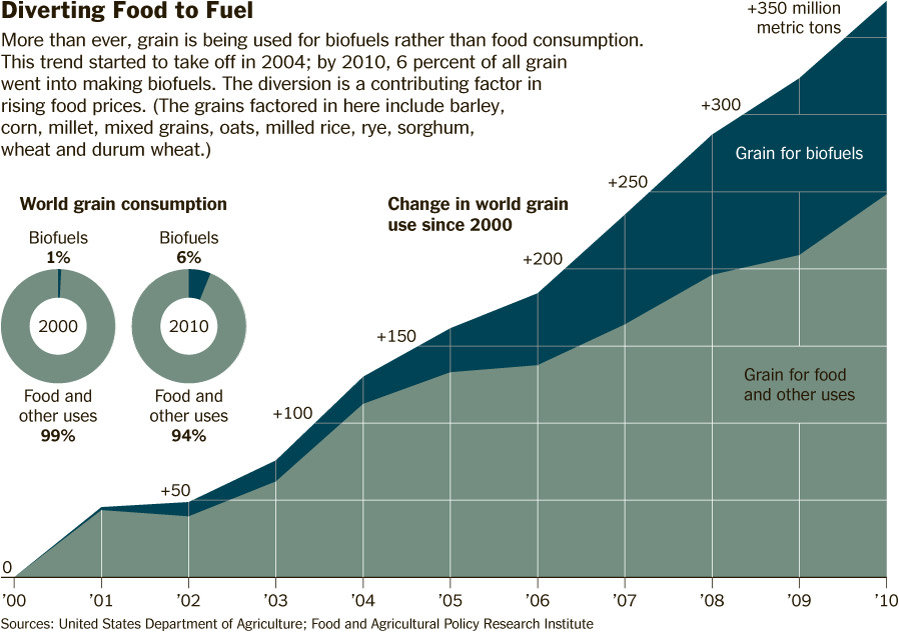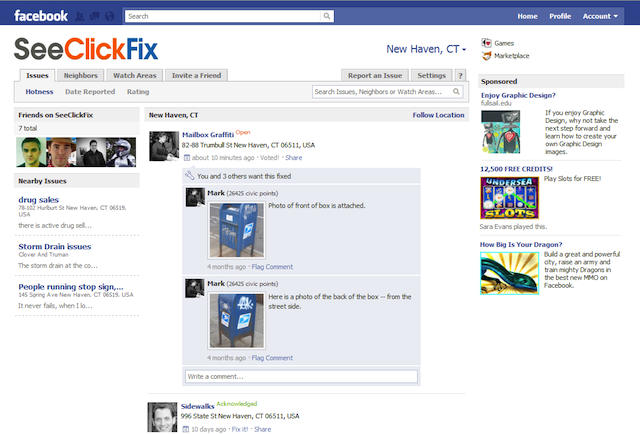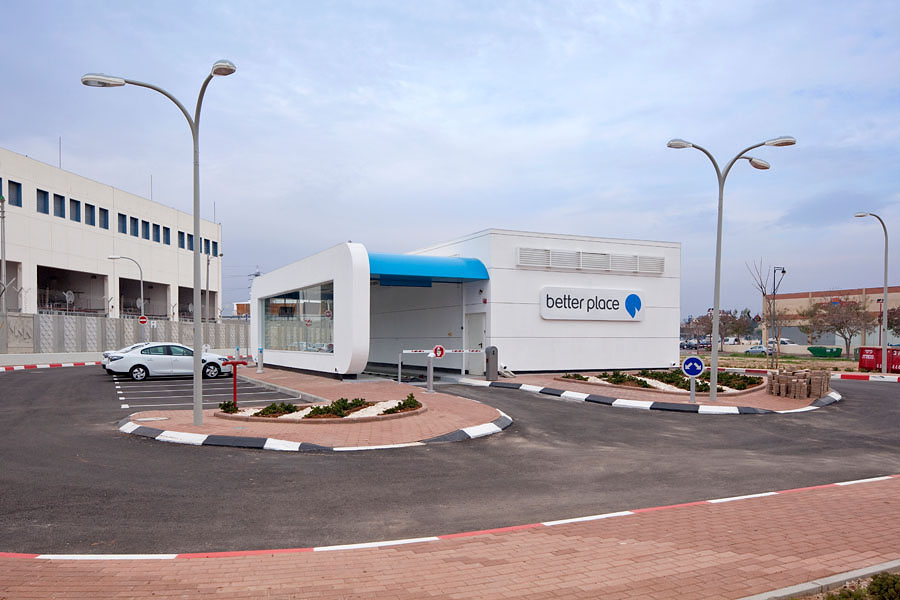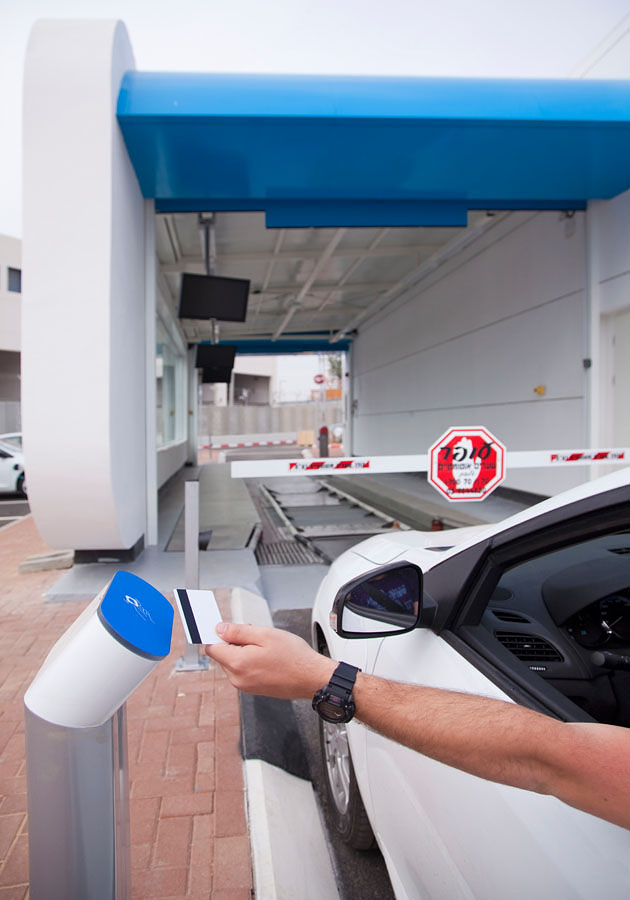India’s Supreme Court Hammers Government Officials for Slow Progress in Implementing High Security License Plates
(Source: Times of India & Central Chronicle)
Times of India report on this topic:
The Supreme Court on Thursday left no option for the Centre and states but to speedily implement the policy on installation of high security registration plates (HSRP) in 9 crore vehicles across the country.
A Bench comprising Chief Justice S H Kapadia andJustices K S Radhakrishnan and Swatanter Kumar slammed the states for their lethargy in implementing the court’s 2008 judgment upholding the Centre’s 2001 notification on mandatory HSRPs for vehicles.
Writing the judgment for the Bench, Justice Kumar said the executive must implement the court’s order within the stipulated time, especially when the issue concerned safety of citizens, which was of paramount interest for the governments. It lamented non-implementation of the court`s May 8, 2008 judgment pronounced on a petition filed by Maninderjit Singh Bitta and issued contempt notices to the transport secretaries of Delhi, Punjab and Uttar Pradesh.
Some of the interesting aspects of the ruling include:
- If officials are found guilty of not implementing GPRS-enabled high security number plates they would not only be punished for contempt but also be liable to personally pay heavy cost.
- States which have initiated the process are directed to complete it in six weeks.
- Defaulting state transport secretaries are to file affidavit in four weeks.
click here to read the entire article.
Editor’s note: Given the constant security threats facing the nation, the swift implementation of high security registration plates makes a lot of sense. How on earth can they track rouge/unsafe elements on the road amongst a burgeoning vehicle population of 90 million that is continuing to grow leaps and bounds with each passing day? If anything, this should be a top priority at the Ministry of Transportation.





 Cities worldwide are demonstrating innovation in transport planning by integrating bike, BRT and metro systems, with
Cities worldwide are demonstrating innovation in transport planning by integrating bike, BRT and metro systems, with 



